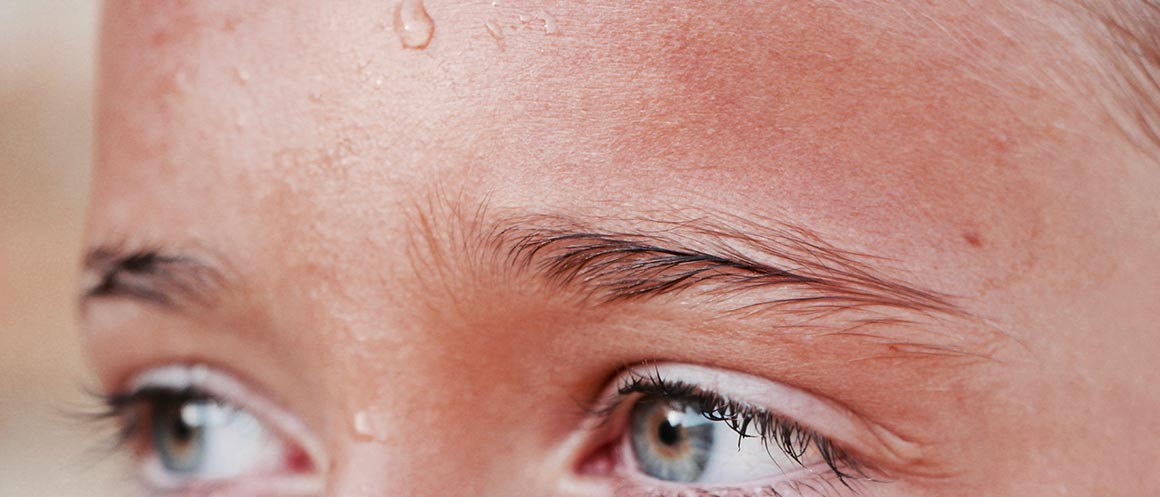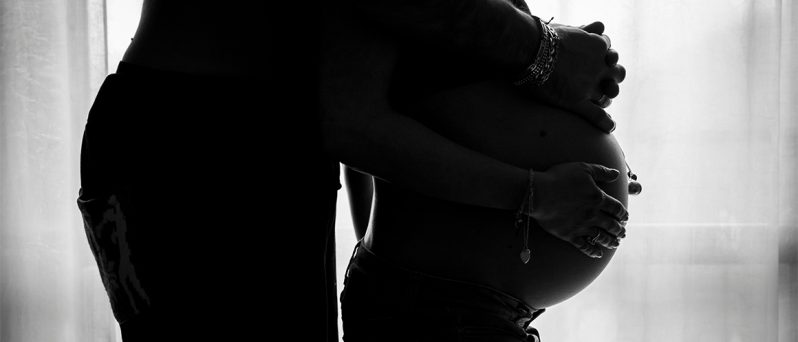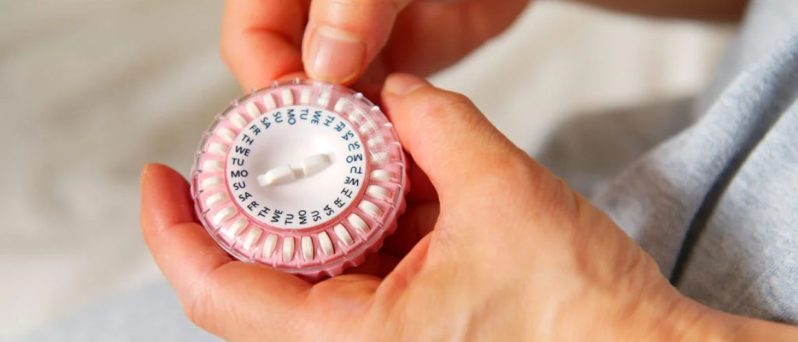(And tips for preparing for them)
Hot flashes: the iconic symptom of perimenopause and menopause. With 80% of women and people with periods experiencing some form of hot flashes in their lifetime, it’s no surprise why. If you’re experiencing irregular periods and hot flashes, here is a simple guide to what might be happening and some remedies you can try out:
What are hot flashes?
A hot flash or hot flush can feel like a rollercoaster of sweats and chills. First comes the overwhelming wave of heat rising through your body, making you sweat and flushing your skin red. Then (some may experience) an immense cold chill.
A hot flash’s intensity, frequency, and severity will vary both on each occasion and from person to person.
Common hot flash traits
- Feeling panicky
- Tingling in the fingers
- Upper body sweat
- A more rapid pulse rate
- A change in blood pressure.
If you experience hot flashes at night and often wake up in a pool of sweat, these are called night sweats.
Over time, many people experience a decrease in their severity and frequency. However, for some, hot flashes can be experienced more long-term, even past the menopause stage.
Why do hot flashes happen?
Currently more research is needed to have a deeper understanding of the what and why behind hot flashes but one theory is that hot flashes are the body’s response to hormonal changes and imbalances, especially with lower levels of estrogen. Your brain can have trouble regulating your internal temperature as a result.
The rush of flushing, or skin becoming suddenly hot and red, is believed to be due to an increase of blood flow to the surface blood vessels. This is common in various areas, such as the hands, chest, neck, face, and ears.
Tips and remedies for hot flashes
Once a hot flush episode begins, it can’t be stopped. Instead, we can reduce the discomfort and prepare for them with a few easy steps.
Layers and breathable fabric
Wearing layers is an easy way to prepare for future episodes and ease the discomfort from the hot flash rollercoaster. Sticking with breathable fabrics, such as organic cotton, is also a great choice.
Hydrate and nourish yourself
Just like with reducing period pains, eating healthy, hydrating, and staying active is a key way to keep your body prepped and ready for hot flashes. In more specific terms, try to avoid high fat and high sugars foods, as well as moving your body enough to raise your heart rate for at least 30 minutes a day. Though a healthy lifestyle can’t eliminate them, it may help reduce the severity and intensity of hot flashes.
Hormone replacement therapy (HRT)
Hormone replacement therapy (HRT) can help mitigate most symptoms of the perimenopause including hot flushes. Generally, the benefits HRT provides far outweigh any associated risks. It’s worth talking to your doctor about this as an option and fully assessing the pro and cons this may provide for you.
Identify your triggers
Everyone and every body is different. Through trial and error, you may be able to find personal triggers for your hot flashes. Common ones include spicy food, caffeine, alcohol, and hot drinks.
Carry a portable fan
In a jiffy, anything can become a quick fan to help you cool down. But if you want to take your hot flash preparation to the next level, carry a portable fan in your arsenal. They’re compact, light, and provide excellent wind flow. You can opt for a traditional Japanese style fan or a smaller foldable frisbee.
Reduce stress as much as possible
Hot flashes can be a stressful experience. From the mystery of when it will come to the discomfort of the episode itself, developing your own stress relief routine may be helpful. Many say practicing slow breathing has been really helpful. If moving meditation is more your speed, try a slow and mindful walk in the fresh air by focusing on your steps.
Try natural homeopathy
Some people who experience hot flashes have found nutritional supplements helpful in reducing discomfort. However, studies on universal effectiveness have not been substantial. If you want to give them a try here are a few examples: phytoestrogens (soy isoflavones), botanicals (red clover), antioxidant vitamins (vitamin E), herbal apothecary (black cohosh, St. John wort, dong quai, evening primrose oil), may help, but studies are out on the universal effectiveness.
Acupuncture
Acupuncture is growing in popularity as a natural pain relief approach for various types of pain, including menstrual cramps and hot flashes. It works by placing small needles purposefully in various spots on the body that correlate to what you’re experiencing.
Stop smoking
Smokers tend to have more frequent and intense hot flushes. Nicotine addiction is hard to overcome, but taking steps to reduce your smoking or quit will help. There are also tons of resources online about stopping smoking to help you on the journey.
Choose plastic free
Plastic pads and tampons can also cause you to feel extra sweaty when a hot flash strikes. Plastic free helps your skin to breathe!
Find out more
Hot flashes can be quite uncomfortable and inconvenient period and menopause symptoms. Everyone will have their own “hot flash script” in terms of frequency, triggers, duration, etc. You know your body best, so if you feel as if anything is not right be sure to talk to your doctor soon.
If you want to learn more about how periods change throughout life, check out this blog and let us know what your go-to life hack for hot flashes in the comments below.









